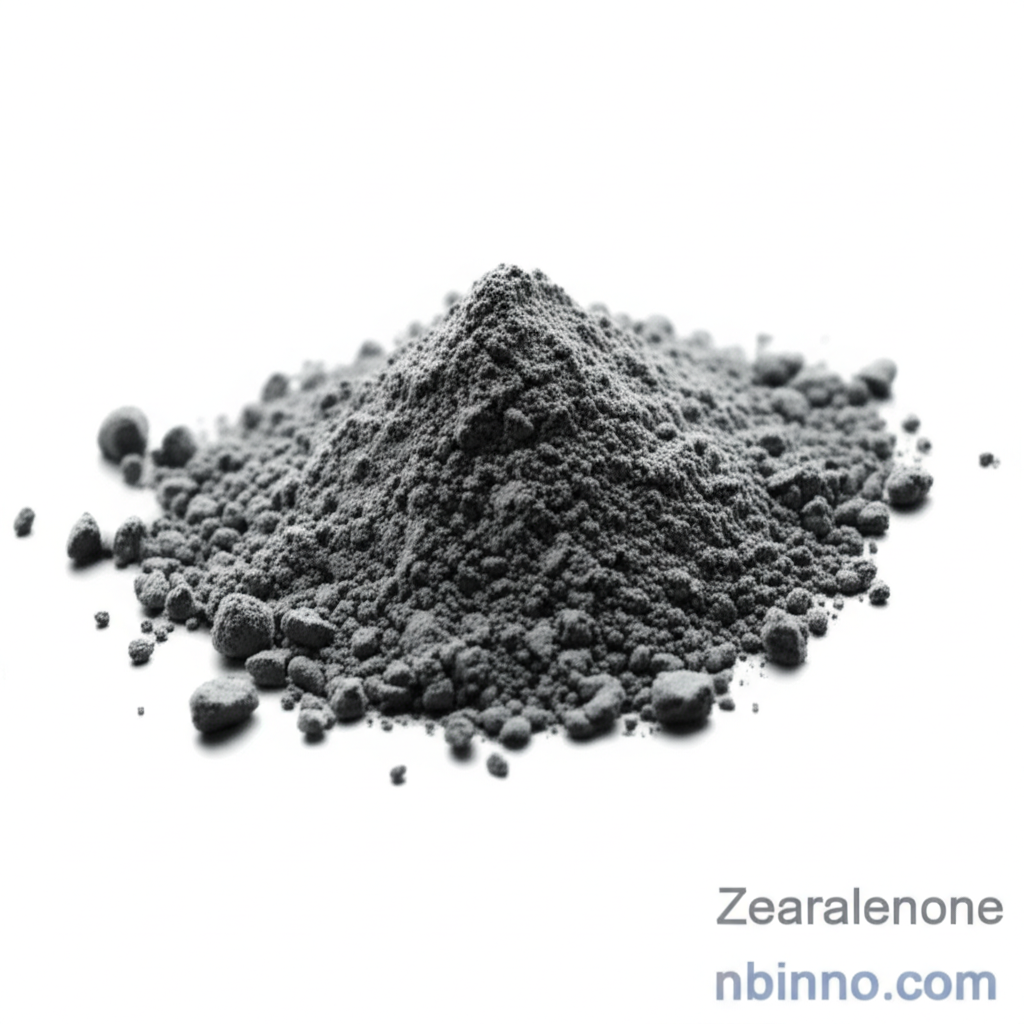Zearalenone (CAS 17924-92-4): A Deep Dive into its Cellular Impact and Cancer Research Insights
Exploring the estrogenic effects of Zearalenone on cell growth and its implications in cancer studies.
Get a Quote & SampleUnderstanding Zearalenone's Cellular Role

Zearalenone
Zearalenone is an estrogenic mycotoxin that has garnered significant scientific attention due to its structural similarities to natural estrogens. This compound's presence in the human diet, often through contaminated grains, raises concerns regarding its potential health impacts. Research indicates that Zearalenone can influence cellular processes, particularly in the context of cancer development. Its estrogenic activity and interaction with cellular receptors are key areas of investigation.
- Zearalenone colon cancer cell growth: Studies have shown that Zearalenone can stimulate the growth of colon cancer cells, impacting their proliferation and progression.
- Zearalenone GPER activation: The mycotoxin is understood to interact with the G protein-coupled estrogenic receptor (GPER), a pathway implicated in various cellular responses.
- Zearalenone MAPK pathway: Evidence suggests that Zearalenone activates the MAPK signaling pathway, a critical component in cell growth and survival mechanisms.
- Zearalenone YAP1: Research indicates Zearalenone promotes YAP1 activation, a factor involved in cell proliferation and potentially tumor development.
Key Insights into Zearalenone's Effects
Estrogenic Activity in Focus
The estrogenic nature of Zearalenone is central to its biological effects, mimicking natural hormones and potentially disrupting endocrine functions, which is a crucial aspect of mycotoxin estrogenic activity research.
Dietary Exposure and Risk
Understanding the prevalence of Zearalenone in diet and its potential accumulation in food sources is vital for assessing public health risks and guiding safety regulations.
Understanding Estrogen Receptor Roles
Investigating the role of estrogen receptor in colon cancer, particularly the GPER, is key to deciphering how Zearalenone exerts its influence on these cells.
Key Applications
Cancer Research
Analyzing the mechanisms by which Zearalenone and cancer risk are correlated, aiding in the understanding of mycotoxin carcinogenicity.
Cellular Biology Studies
Investigating the impact of Zearalenone on cell cycle progression and key signaling pathways provides insights into cellular mechanisms.
Toxicology Studies
Assessing the toxicity profile of Zearalenone and other mycotoxins is critical for food safety and public health initiatives.
Biochemical Research
Studying the interactions of Zearalenone with cellular receptors like GPER contributes to the broader field of biochemical signaling.
